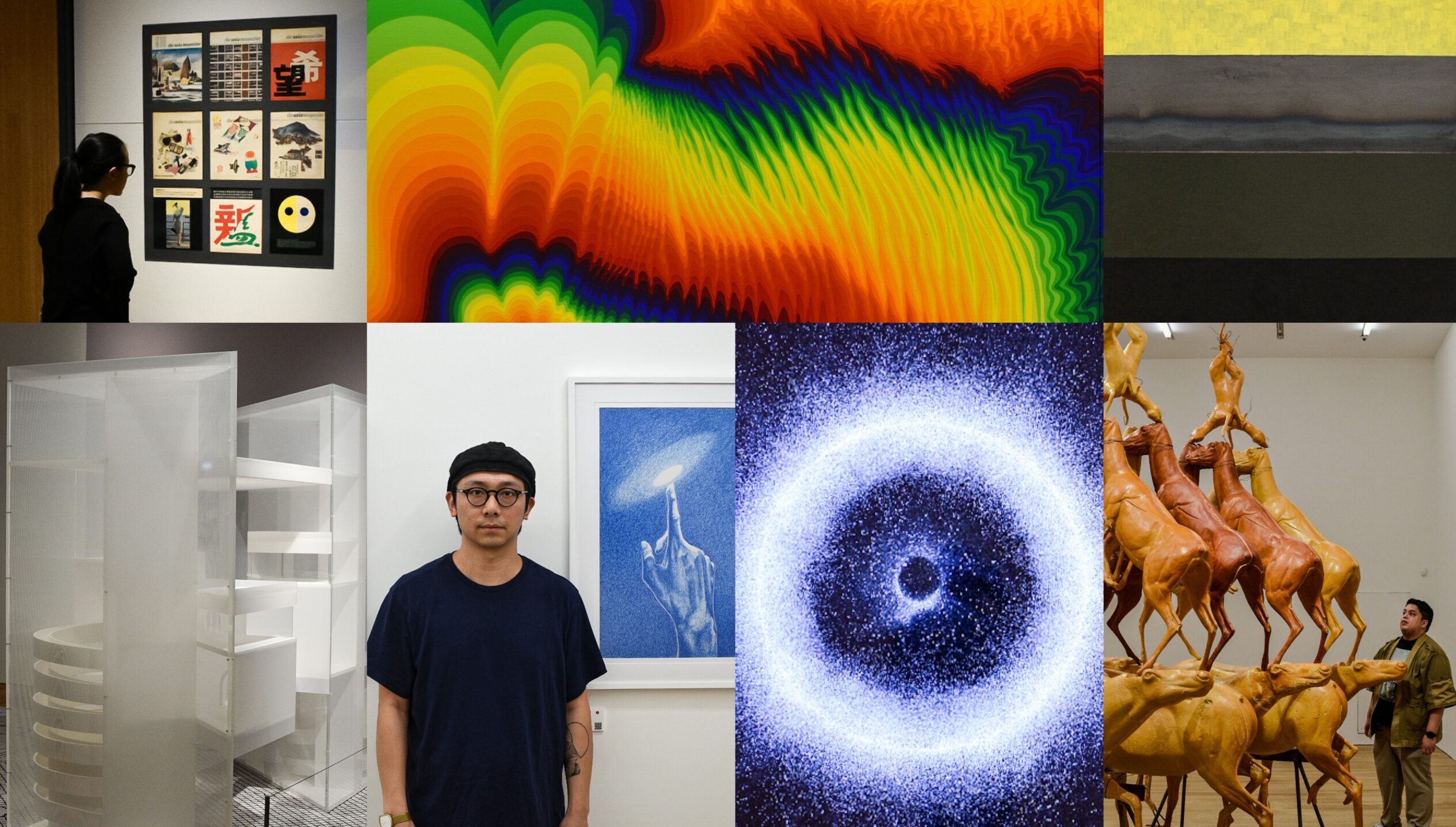This Manila and Seattle-based photographer snapshots life in the globalized world
What do the terms “Filipino migrant” or “Filipino expatriate” conjure in your head? Do you picture the legions of healthcare workers who were on the frontlines of the global COVID-19 pandemic? Do you imagine the scores of domestic workers who have steadfastly cared for the families of others? Or perhaps you contemplate the worryingly high emigration rate among science and technology professionals?
One demographic often left out of this conversation is the Filipino creative. It is ironic, given that these storytellers play such a central role in shaping how we visualize and think about the ever-growing global Filipino diaspora.
READ: Fruit fétiche: Balmain F/W 2024 serves up a fresh helping of classic Parisian couture
“While members of the Philippine public have little sway over the inner workings of the health sector, we do have the ability to shape the domestic creative industry through the power of consumption. By patronizing the work of Filipino creatives, we ensure that emigration is a matter of choice rather than necessity.”
The life and work of Manila and Seattle-based photographer Charissa Soriano serves as a lens through which we might re-examine what it means to be Filipino in a globalized world.
Born in Manila to two professionals, Soriano’s passion often had to be tempered by practicality. She spent her college years as an economics major at Ateneo de Manila University, juggling academics and part-time work as a photographer at a production company started by fellow students. After graduation, she continued to oscillate between the corporate and creative worlds. It was during this time that photojournalism, in particular, began to stand out as her calling.

“I didn’t want to do events photography or the arthouse genre…I wanted to do photography embedded in the world,” she said. After deciding to embark on a full-time career as a photojournalist, she worked at the UN International Organization for Migration (IOM), documenting its work on mass evacuation preparedness in the Philippines. The impact of movement on people and their lives would remain a recurring theme in her work.
She joined the University of Washington-Seattle’s Master of Communication in Communities and Networks program in 2018. At this time, Soriano learned the value of representing subjects holistically. “Multitudes,” later published as a zine and featured in the 2022 Belltown Art Walk in Seattle, juxtaposed the various roles, identities, and experiences of female community leaders throughout the West Coast. For her, “Women fight for social justice while being mothers, daughters, grandmothers…women live multidimensional lives.”
READ: Vicki Belo bares her own brand of beautiful
“Women fight for social justice while being mothers, daughters, grandmothers…women live multidimensional lives.”
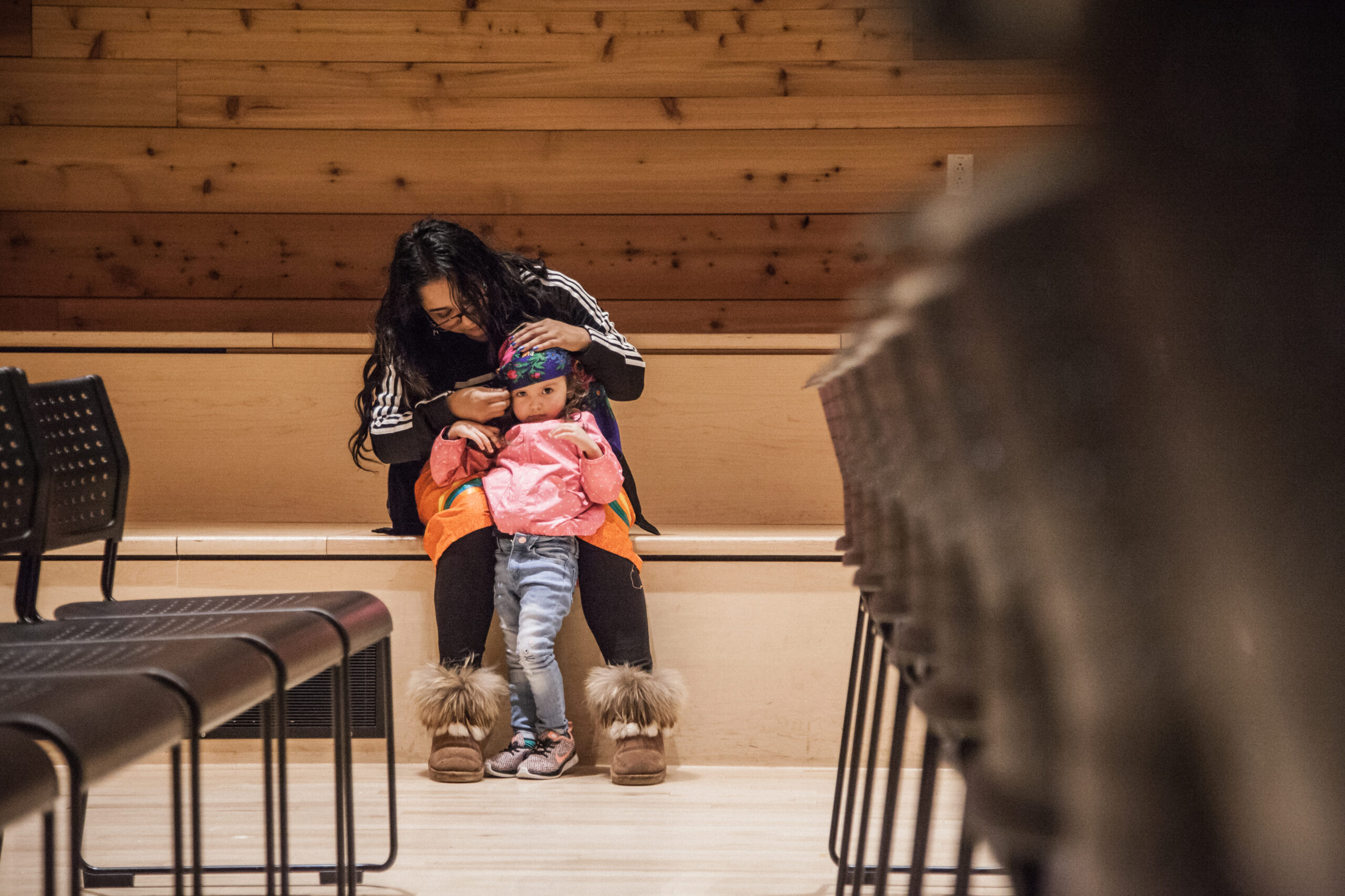
The series evokes what the famed historian Fernand Braudel termed histoire totale, or “total history.” It is a call for us to pay attention to humanity in its entirety; to bring together the political, cultural, and domestic in a single embrace—or in this case, a single reel.
This thesis on the importance of totality was in the foreground of another of Soriano’s projects. Titled “Filipina,” this series aimed to “tackle the danger of a single story around Filipino-American women.”
“Filipino-American women tend to be depicted as domestic, healthcare, and service workers in the media. It’s important to highlight the plight of Filipino-American women in these fields, but if women who have other lived experiences do not get the light of day, people may box them into the categories that they are often seen in.”
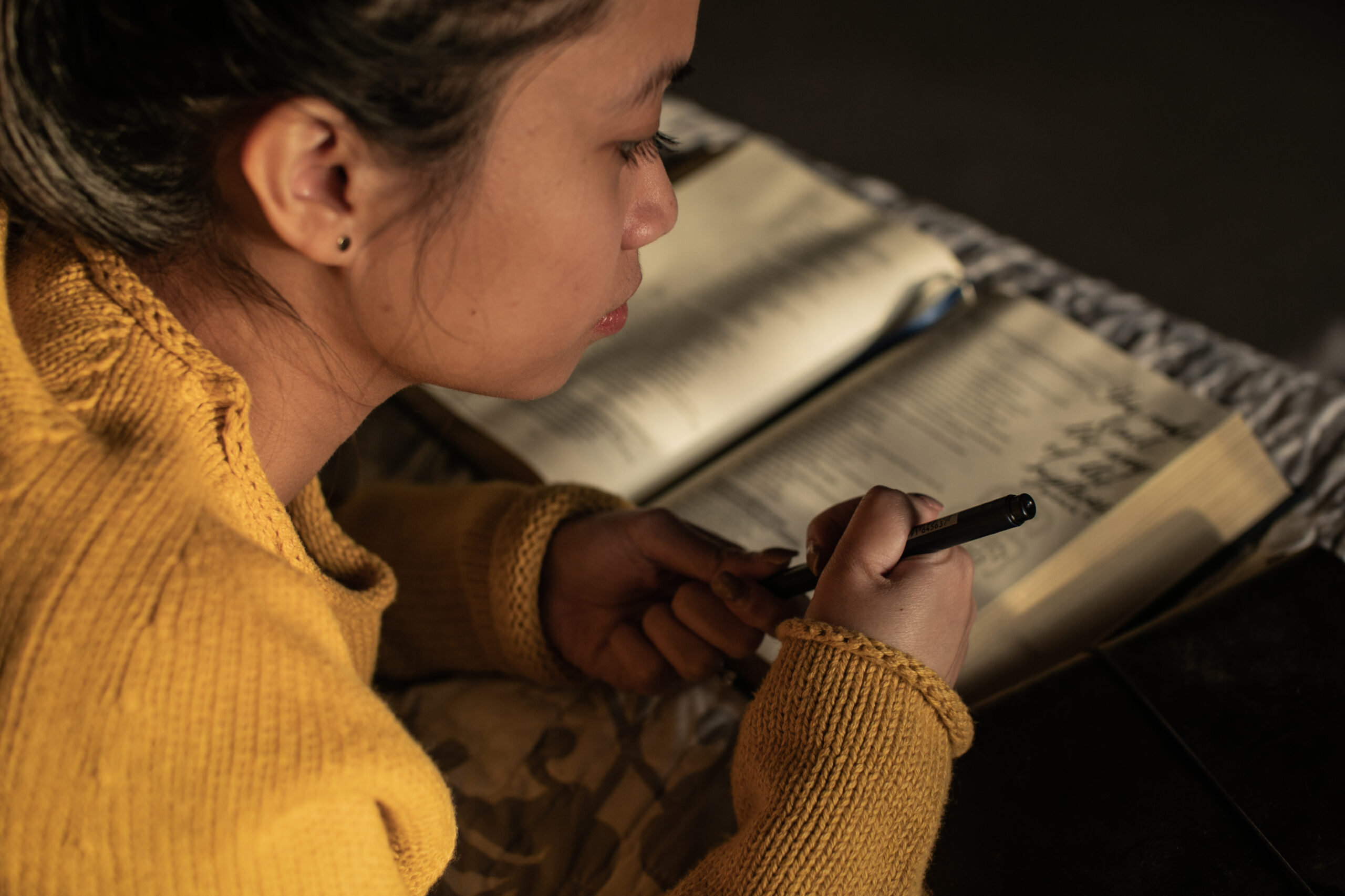
As the cliched but undeniably true adage goes, the United States is a melting pot. But this is especially true for those in America with ties to the Philippines. As “Multitudes” aimed to capture the depth of its subjects’ lives, “Filipina” similarly aimed to represent the breadth within a community often exclusively represented by homogenizing narratives.
“If women who have other lived experiences do not get the light of day, people may box them into the categories that they are often seen in.”
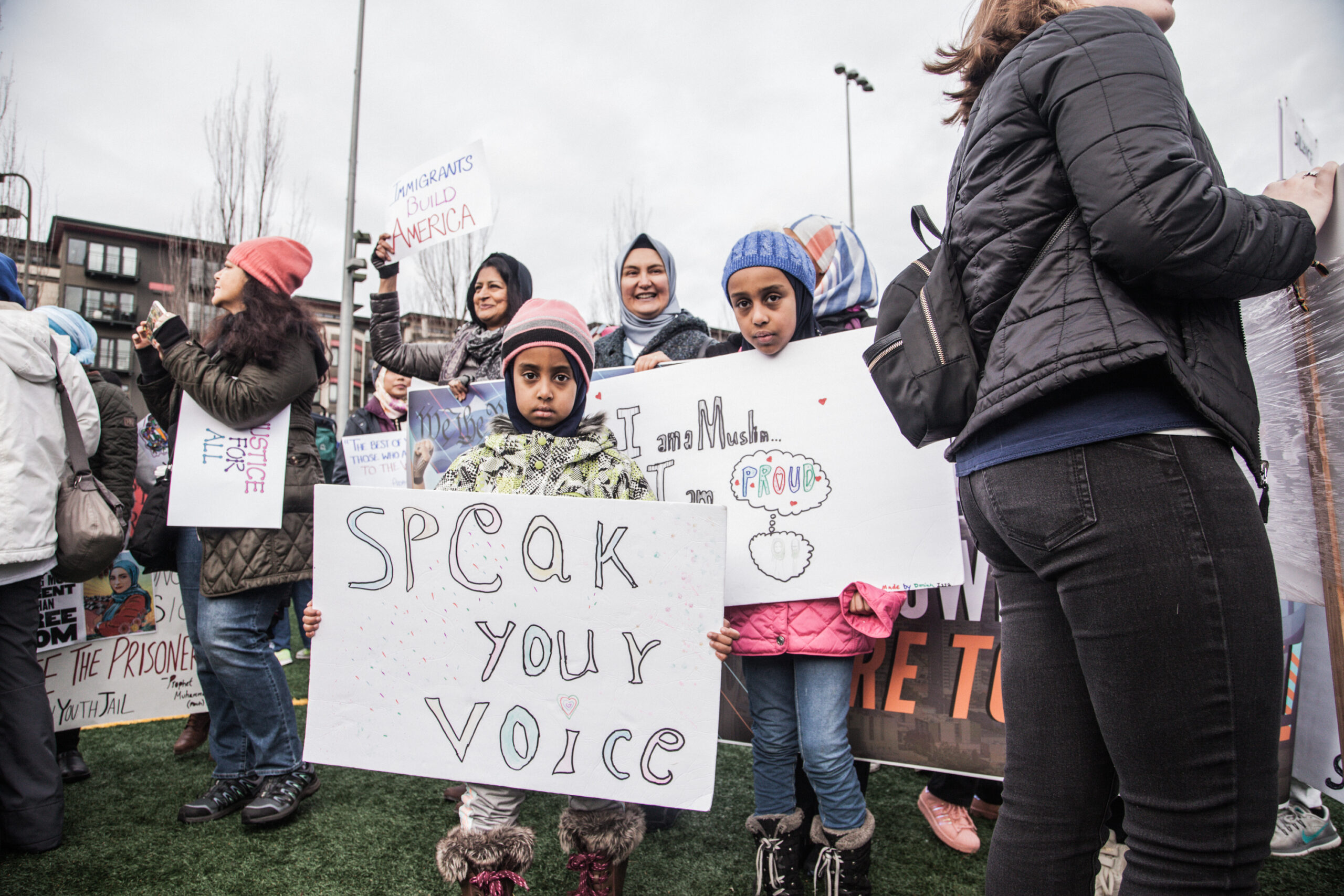
As someone who exists within the liminal space of Asia and Asia-America, Soriano approaches questions of identity from the vantage point of one who is both rooted and ambulatory. In recognition of this unique lens, literal and metaphorical, she was awarded a Northwest Journalists of Color visual journalism scholarship by the Asian American Journalists Association in 2019 as well as an Emerging Tech and Social Justice Fellowship at The Seattle Globalist in the same year.
Soriano used this exposure to amplify the voices of those who exist in a liminality similar to hers: Seattle-based international students, largely Asian women, with aspirations of building transnational lives. Her piece “Seeking the H1-B” explored their shared hopes and challenges, and was published in The Seattle Times in 2023.
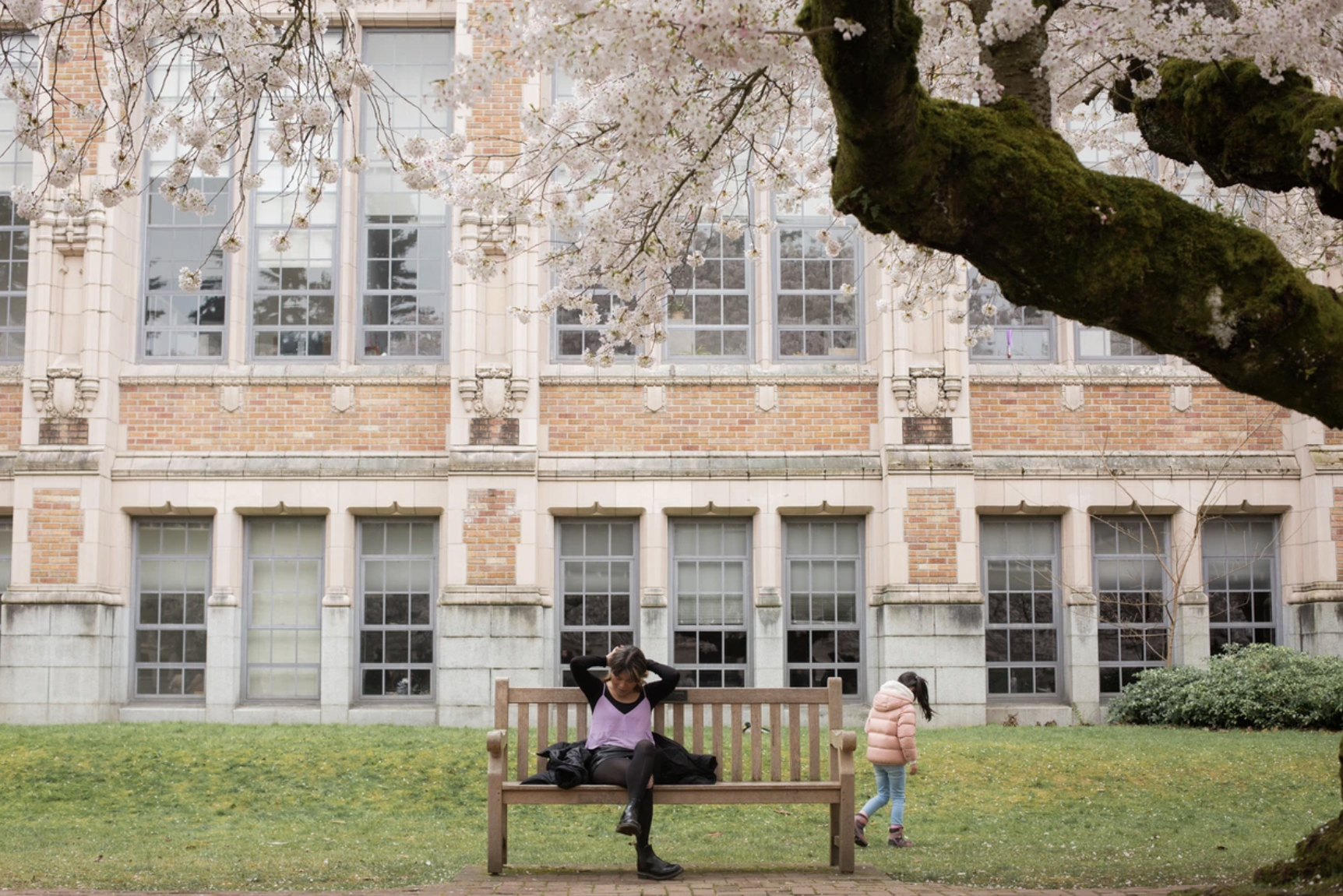
Upon her return to the Philippines, Soriano embarked on a sister project of sorts. Entitled “Balikbayan,” the project is a re-examination of home in the wake of broadened horizons and abrupt departures. The series debuted in February 2024, at the Have You Eaten exhibit in Seattle. In a rather ironic and upsetting turn of events, Soriano found herself unable to attend in person. “It feels bittersweet that I can’t physically be in Seattle to attend my first group art exhibit because of my visa situation. But I’m reminding myself to treat this accomplishment as a validation to the steps that I’m taking to become a successful documentary photographer,” she says.
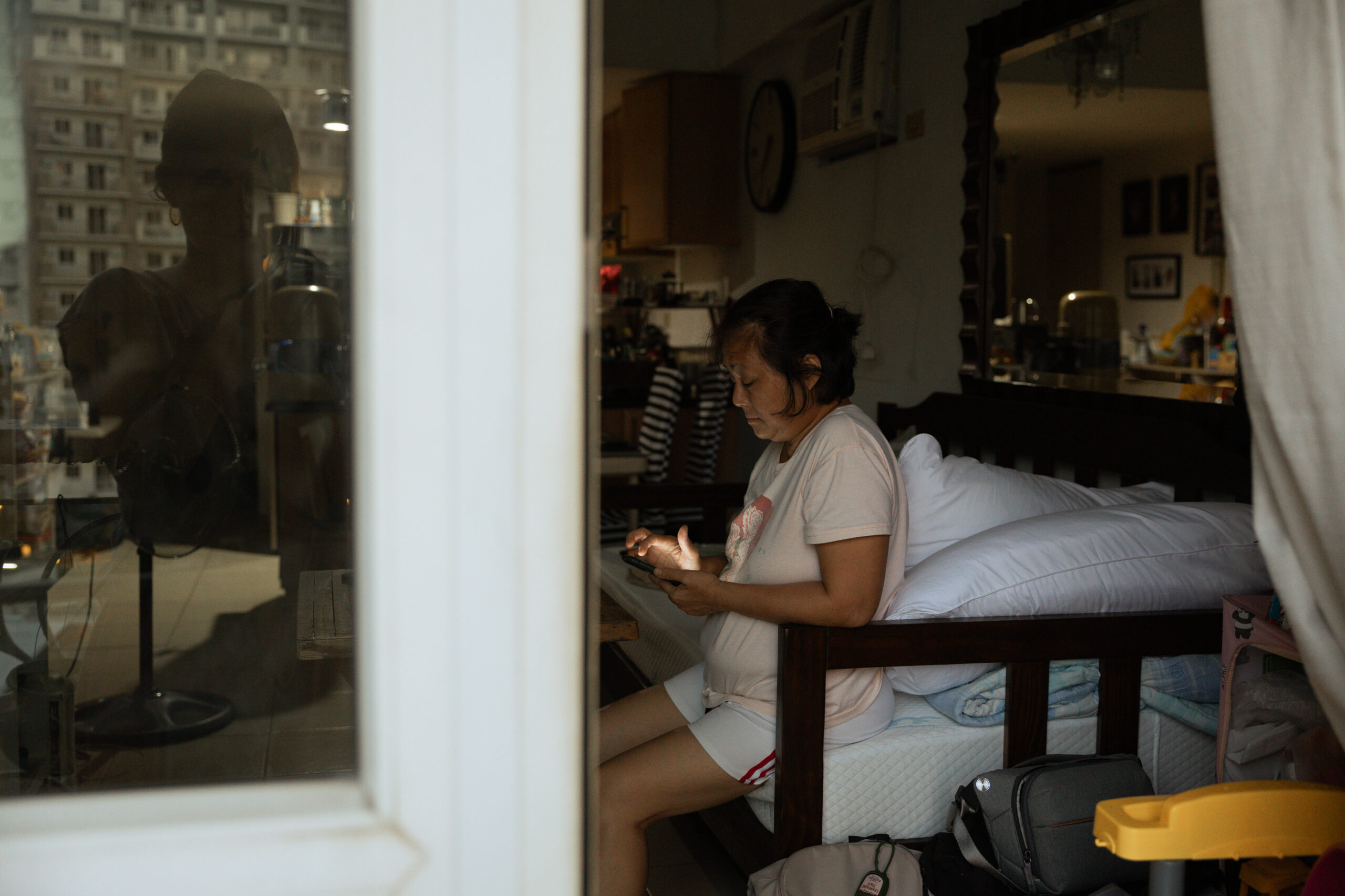
Our creatives may emigrate for the same reason our nurses do, but a crucial difference exists. While members of the Philippine public have little sway over the inner workings of the health sector, we do have the ability to shape the domestic creative industry through the power of consumption. By patronizing the work of Filipino creatives, we ensure that emigration is a matter of choice rather than necessity. When asked to choose between two hypotheticals: either staying in the Philippines as a photojournalist or emigrating for a different profession, Soriano replied without hesitation, “I would choose photojournalism in a heartbeat.”












